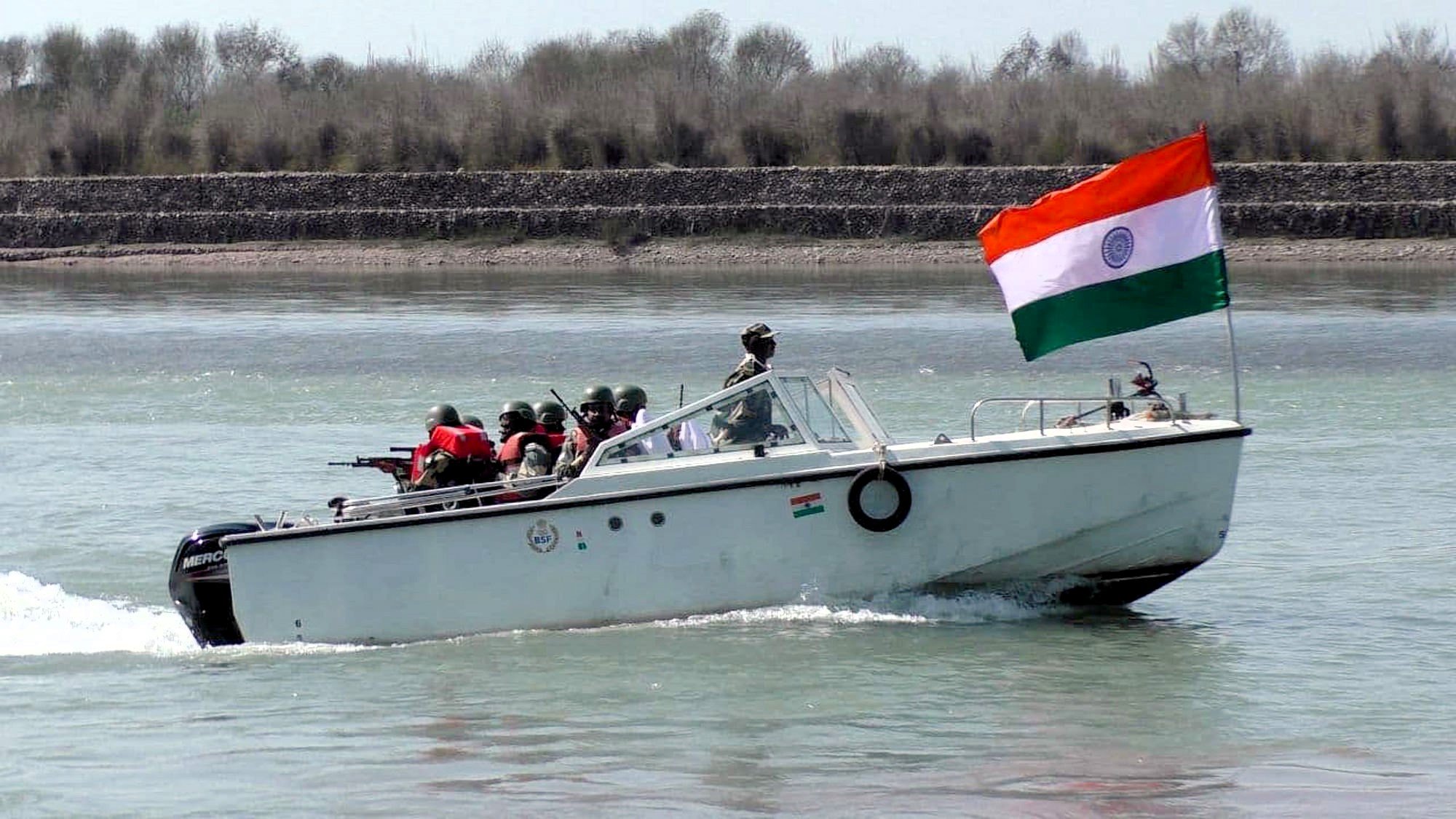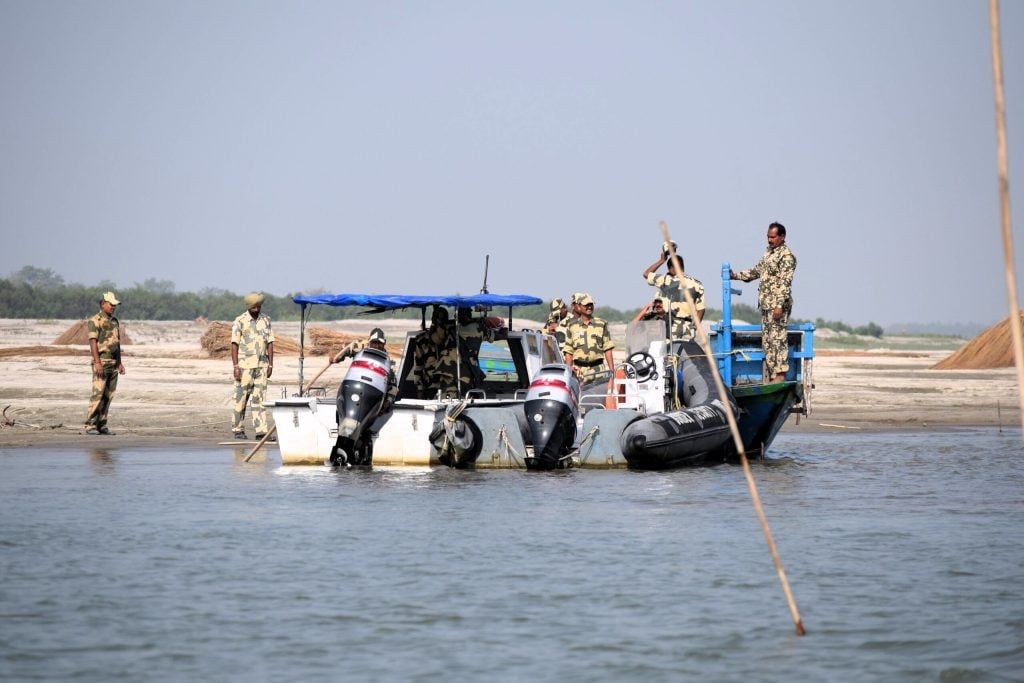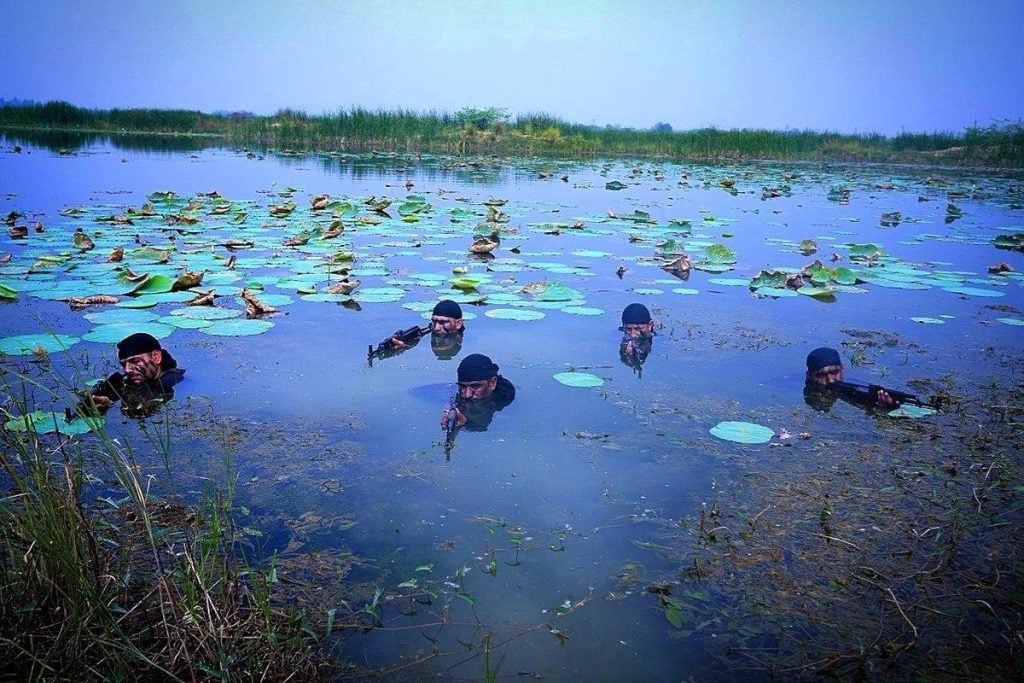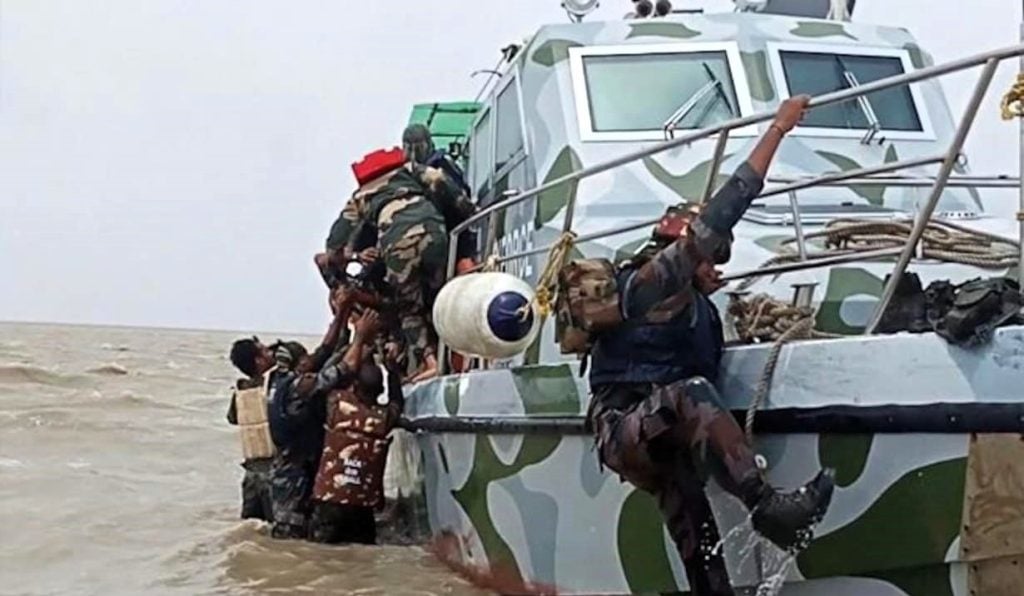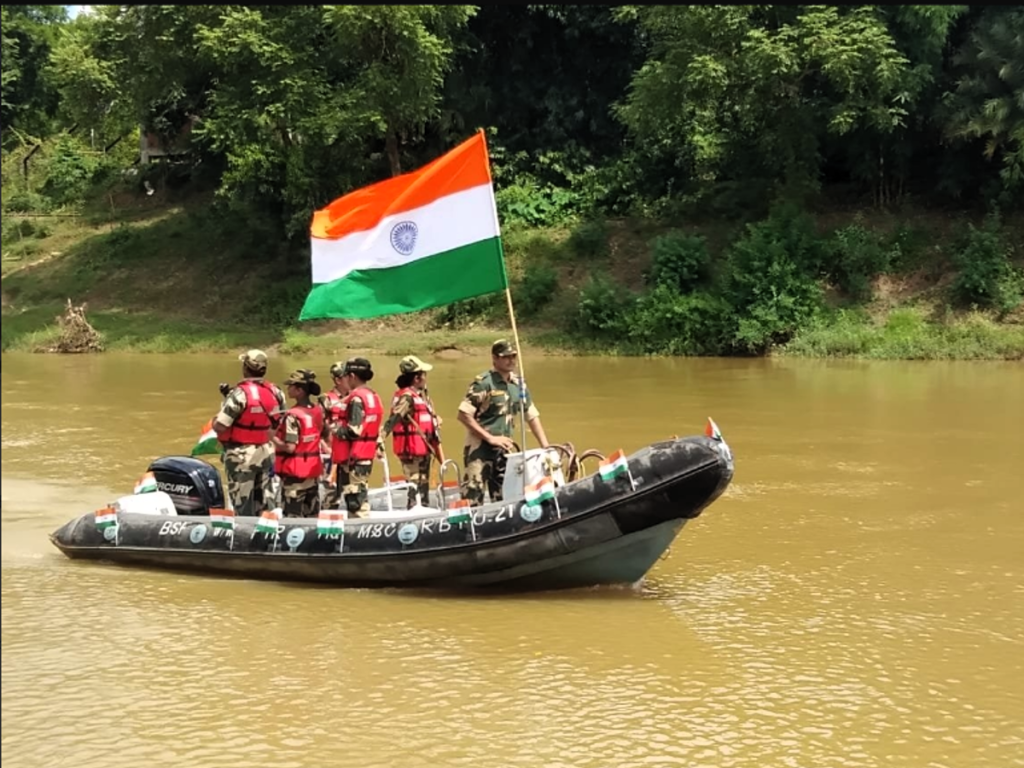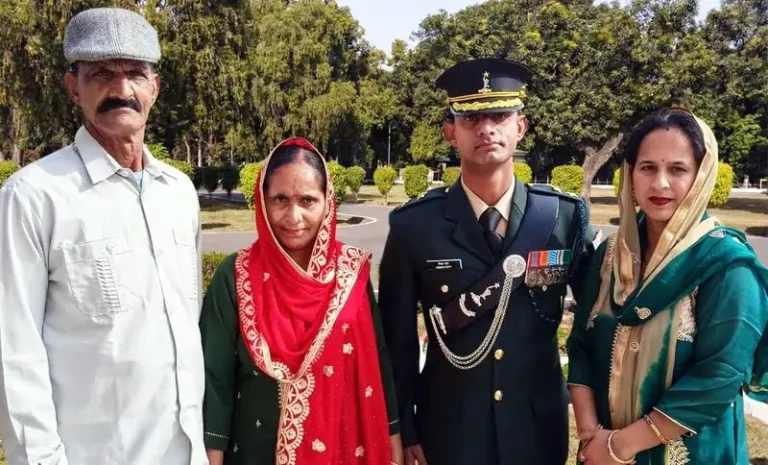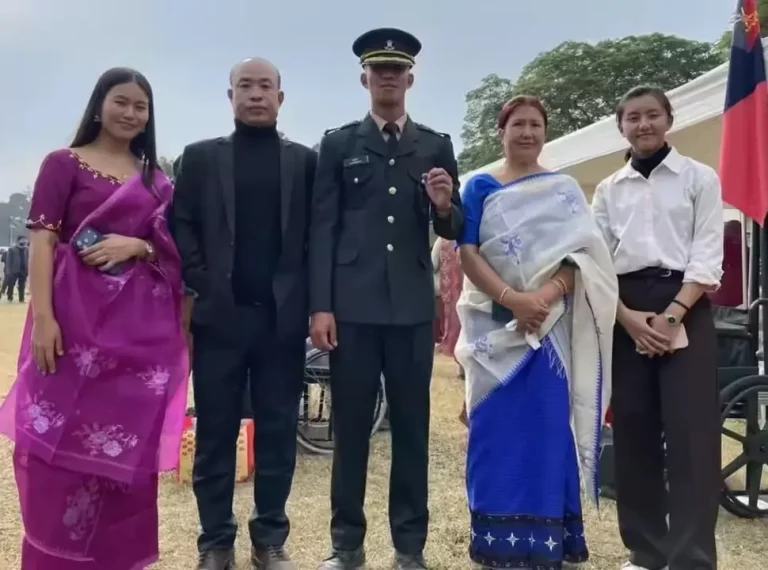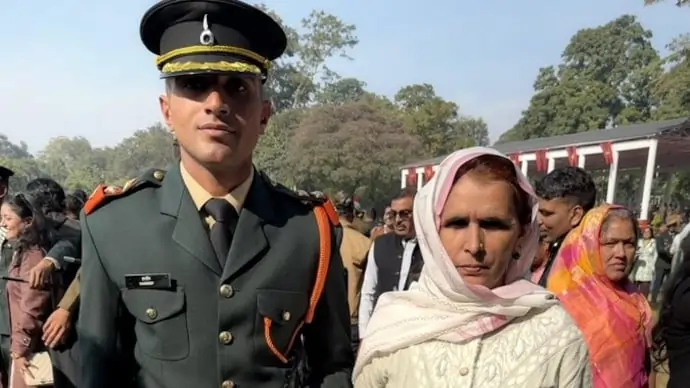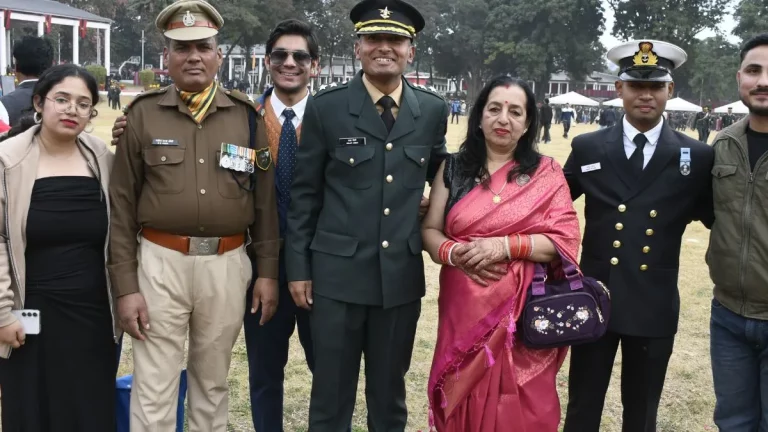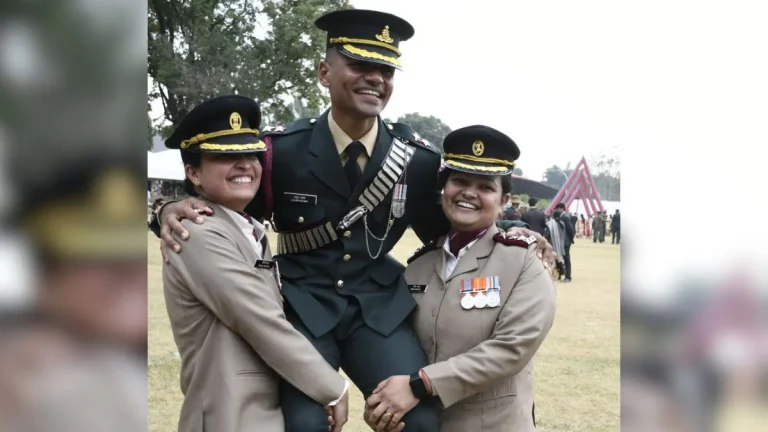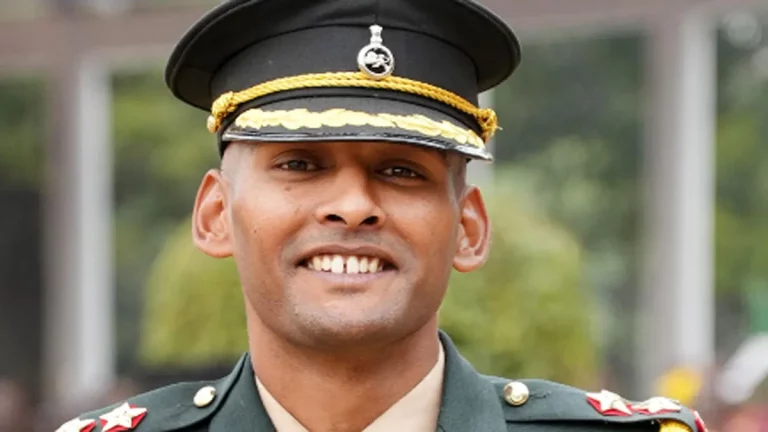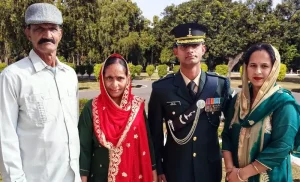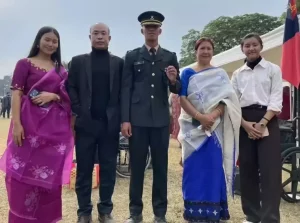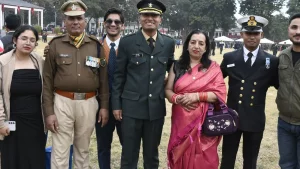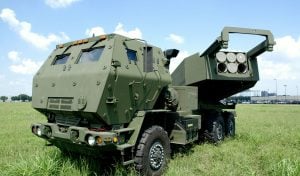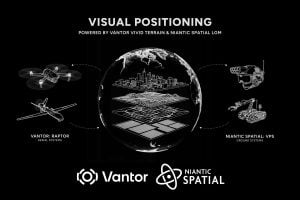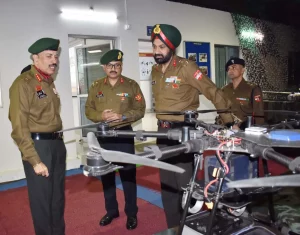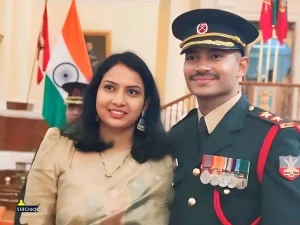The Border Security Force (BSF) has released the syllabus and exam pattern for the BSF Water Wing Recruitment 2024, targeting various posts such as Sub-Inspector (SI), Head Constable (HC), and Constable. This detailed article aims to provide comprehensive information on the syllabus and exam pattern, which are crucial for candidates preparing for the examination.
Overview of BSF Water Wing Recruitment 2024
The BSF Water Wing recruitment process includes a written examination of 100 marks, conducted over a two-hour duration. The exam pattern includes essential details such as the marking scheme, section-wise weightage, and exam duration. Candidates can find the complete BSF Water Wing syllabus and exam pattern for the BSF Water Wing Recruitment 2024 in the sections below.
BSF Water Wing Exam Pattern 2024
Candidates applying for the BSF Water Wing Recruitment 2024 should familiarize themselves with the exam pattern to strategically plan their preparation. Below are the detailed exam patterns for different posts under the BSF Water Wing.
Exam Pattern for Sub-Inspector (SI) Posts
The table below provides the exam pattern for SI (Master), SI (Engine Driver), and SI (Workshop) posts. The duration of the exam is 2 hours.
| Subject | Number of Questions | Marks |
|---|---|---|
| General Knowledge & Awareness | 25 | 25 |
| Reasoning Ability | 25 | 25 |
| Numerical Ability | 25 | 25 |
| Trade Awareness | 25 | 25 |
| Total | 100 | 100 |
Exam Pattern for Head Constable (HC) and Constable Posts
The table below presents the BSF Water Wing exam pattern for HC (Master), HC (Engine Driver), HC (Workshop), and Constable (Crew) posts. The exam is conducted over a duration of 2 hours.
| Subject | Number of Questions | Marks |
|---|---|---|
| General Knowledge & Awareness | 35 | 35 |
| Reasoning Ability | 35 | 35 |
| Numerical Ability | 30 | 30 |
| Total | 100 | 100 |
Detailed Syllabus for BSF Water Wing 2024
The syllabus for the BSF Water Wing recruitment includes four primary sections: General Knowledge & Awareness, Reasoning Ability, Numerical Ability, and Trade Awareness. Below, each subject is described in detail with topics covered under each section.
General Knowledge & Awareness
This section aims to evaluate the candidate’s awareness of current events and general knowledge. Topics include:
- Current Affairs (Events related to India and its neighboring countries)
- General Science & Technology
- Indian Constitution
- Indian History
- Indian Culture
- Indian Geography
- General Polity
- Sports: Championships, winners, number of players
- Miscellaneous issues related to General Knowledge
Reasoning Ability
The Reasoning Ability section tests the candidate’s logical thinking and problem-solving skills. Topics include:
- Coding & Decoding
- Series (number & alphabet)
- Figure Classification
- Relationship Concepts
- Distance & Directions
- Visual Memory
- Spiral Orientation
- Basic Concepts of Reasoning
Numerical Ability
This section assesses the candidate’s numerical and mathematical skills. Topics include:
- Basics (2×2 and 3×3 multiplications, squares)
- Mixed Fractions
- Averages
- Percentages
- Profit & Loss
- Discount
- Ratio
- Time & Work
- Simple Interest, Compound Interest
- Simple Mensuration
Trade Awareness
The Trade Awareness section is specific to the trade applied for and tests the candidate’s technical knowledge relevant to their position.
For SI (Master) Level:
- Management of inland vessels under all conditions
- Knowledge of storm and distress signals
- Knowledge of the compass
- Rules of the road for sailing vessels and mechanically propelled vessels, including regulations, lights, fog, and sound signals
- Marking and use of the lead line
- Steps to be taken in the event of vessel grounding
- Management of inland vessels under tow or when towed or pushing
- Carriage of iron ore, coal, petroleum products, cement, fly ash, and containers
- Rules made by IWAI for life-saving and fire appliances and conduct of vessels
- Rules for the carriage of passengers
- Knowledge of loading marks and stability of inland vessels
- Knowledge of Inland Vessels Act
- Knowledge of GPS, DGPS, VHF, Radar, and Echo sounder for safe navigation
For SI (Engine Driver) Level:
- Principles and working of Internal Combustion Engines
- Fuel System, Lubrication System, and Cooling System of Engines
- Valve Setting and Injector Setting of Marine Engines
- Troubleshooting of Engines
- Replacement of various lines and cylinder heads of engines with appropriate knowledge of torque
- Overhauling of Engines
- Adjustment of the working path of the engine for optimum efficiency
- Provisions of Inland Vessel rules for life-saving, fire appliances, and general discipline
For SI (Workshop) Level:
- Units of Measurement
- Internal Combustion Engines
- Cycles of 2-Stroke and 4-Stroke Engines
- Components of Diesel and Petrol Engines
- Fuel System, Lubrication System, and Cooling System of Engines
- Voltage, Current, Resistance, Miniature Circuit Breakers
- Electronics: Diode, Transistor, Printed Circuit Board
- Pumps, Gears, and Clutches
Syllabus for Trade Test (SI, HC, Constable)
The trade test syllabus is specific to the trade and post applied for. Below are the detailed syllabi for various posts:
Trade Test for SI (Master):
Identification of Parts:
- Life raft, pneumatic finder, GPS, anchor chain, radar, D-shackle, echo sounder, winch, life-saving equipment, mast and fire-fighting equipment, hydrographic map, davit, international signal flags (O, H, Z, B), all navigational lights, magnetic compass, cradles, anchor stockless.
Practical:
- Placing and removing speed boat/mechanized/medium vessel at jetty
- Placing speed boat/mechanized/medium vessel alongside other boats
- Anchoring in shallow water
- Types of steering (mechanical, hydraulic)
Trade Test for SI (Engine Driver):
Identification of Parts:
- Gearbox, heat exchanger, fresh water pump, pressure timing pump, exhaust manifold, alternator, overflow line, primary filter, secondary filter, hydraulic tank, turbocharger, needle valve, life-saving equipment, oil seal, armature, carbon bush, inlet valve, outlet valve, piston, crankshaft, connecting rod, oil pressure ring, fire-fighting equipment.
Practical:
- Starting engine
- Emergency shutdown
- Identification of two-stroke and four-stroke engines
- Routine engine check
- Fault finding in engines
- Starting of diesel generator set
- Routine check before starting diesel generator set
Trade Test for SI (Workshop):
Identification of Parts:
- Gearbox, camshaft, fresh water pump, crankshaft, feeler gauge, connecting rod, alternator, oil pressure ring, diesel filter, adjustable wrench, ball bearing, push rod, needle wrench, oil seal, various types of pistons, armature, fire extinguisher, carbon brush, compression gauge, inlet valve, outlet valve.
Practical:
- Starting the engine
- Identification of two-stroke and four-stroke engines
- Routine engine check
- Piston, gudgeon pin, connecting rod assembling
- Fault finding in engines
Trade Test for HC (Master):
Identification of Parts:
- Anchor (Graphical, Den fort & CQR), navigation lights (red, green), compass, fire-fighting equipment (foam type and dry chemical powder), hull, life-saving equipment, gauges, pneumatic finder, propeller, propeller shaft, hand-held GPS, D-shackle, railings, anchor chain, mast, monkey deck, hydrographic map.
Practical:
- Placing speed boat at jetty
- Removing speed boat from jetty
- Placing speed boat alongside other boats
- Anchoring in shallow water
- Tying knots (figure 8 & clove hitch)
Trade Test for HC (Engine Driver):
Identification of Parts:
- Needle bearing, carburetor float, connecting rod, gudgeon, piston, liner, injector, camshaft, push rod, rocker arm, UJ cross joint, sump, self-starter, gauges (temperature, pressure, AMP, tachometer), quick pinion, fire-fighting equipment, fuel injection pump, roller bearing.
Practical:
- Identifying petrol and diesel by smell and touch
- Grease, M-oil, Castrol 2T Green
- Starting engine
- Identification of two-stroke and four-stroke engines
- Checking battery charge/gravity
- Routine engine check
- Fault finding in engines
Trade Test for HC (Workshop):
Mechanic (Diesel or Petrol Motor Mechanic):
Identification of Parts:
- Crankshaft, fuel injection pump, connecting rod, roller bearing, gudgeon pin, needle bearing, piston, carburetor float, piston ring, UJ cross joint, liner, self-starter, injector, gauges (temperature, pressure, AMP, tachometer), camshaft, sump, push rod, quick pinion, rocker arm, fire-fighting equipment.
Practical:
- Piston, gudgeon pin, connecting rod assembling
- Fitting of carburetor
- Idle RPM setting
- Fitting of spark plug
- Fitting of self-starter
Machinist:
Identification of Parts:
- Round file, dye, triangular file, cutting tool, half-round file, boring tool, cutter, outer caliper, grinder, inner caliper, drill machine, vernier caliper, hand drill machine, micrometer, drill bits, thread gauge, tape.
Practical:
- Straight cutting of rod using hacksaw
- Block surface thickness down to given dimensions using file or machine
- Straight cutting of pipe using hacksaw
- Straight cutting of angle iron using hacksaw
- Straight cutting of metal sheet (at least 5 cm) using hacksaw
- Least count of micrometer/vernier caliper
Trade Test for Constable (Crew) – Engine Driver Side (Greaser):
Syllabus:
- Swimming test (50 meters without assistance)
- Identification of engine parts (onboard)
- Recognition of life-saving and firefighting equipment
- Checking engine oil level
- Pre-starting engine checks
- Tying knots
- Rowing with oars/bamboo
Trade Test for Constable (Crew) – Master Side (Sukhani):
Syllabus:
- Swimming test (50 meters without assistance)
- Identification of boat parts (onboard)
- Recognition of life-saving and firefighting equipment
- Mooring and anchoring of boat
- Tying knots
- Rowing with oars/bamboo
- Pre-sailing checks
- Boat maintenance
Conclusion
The BSF Water Wing Recruitment 2024 presents an excellent opportunity for candidates aspiring to join the Border Security Force in various technical and skilled roles. Understanding the exam pattern and syllabus in detail is crucial for effective preparation and success in the examination. Candidates should utilize this comprehensive guide to strategize their study plans, focusing on each section’s specific requirements and topics. With diligent preparation and a clear understanding of the syllabus, candidates can significantly enhance their chances of securing a position in the BSF Water Wing.
FAQs
1. What is the total duration of the BSF Water Wing written examination for 2024?
The BSF Water Wing written examination is conducted over a duration of 2 hours.
2. How many marks is the BSF Water Wing written exam out of?
The written exam is out of a total of 100 marks.
3. How many questions are there in the General Knowledge & Awareness section for SI posts?
The General Knowledge & Awareness section for SI posts contains 25 questions.
4. What is the marking scheme for the Reasoning Ability section?
The Reasoning Ability section has 25 questions, each carrying 1 mark for SI posts and 35 questions, each carrying 1 mark for HC and Constable posts.
5. Where can candidates find the official BSF Water Wing syllabus and exam pattern for 2024?
Candidates can find the official syllabus and exam pattern on the BSF’s official website or through official recruitment notifications released by the BSF.
